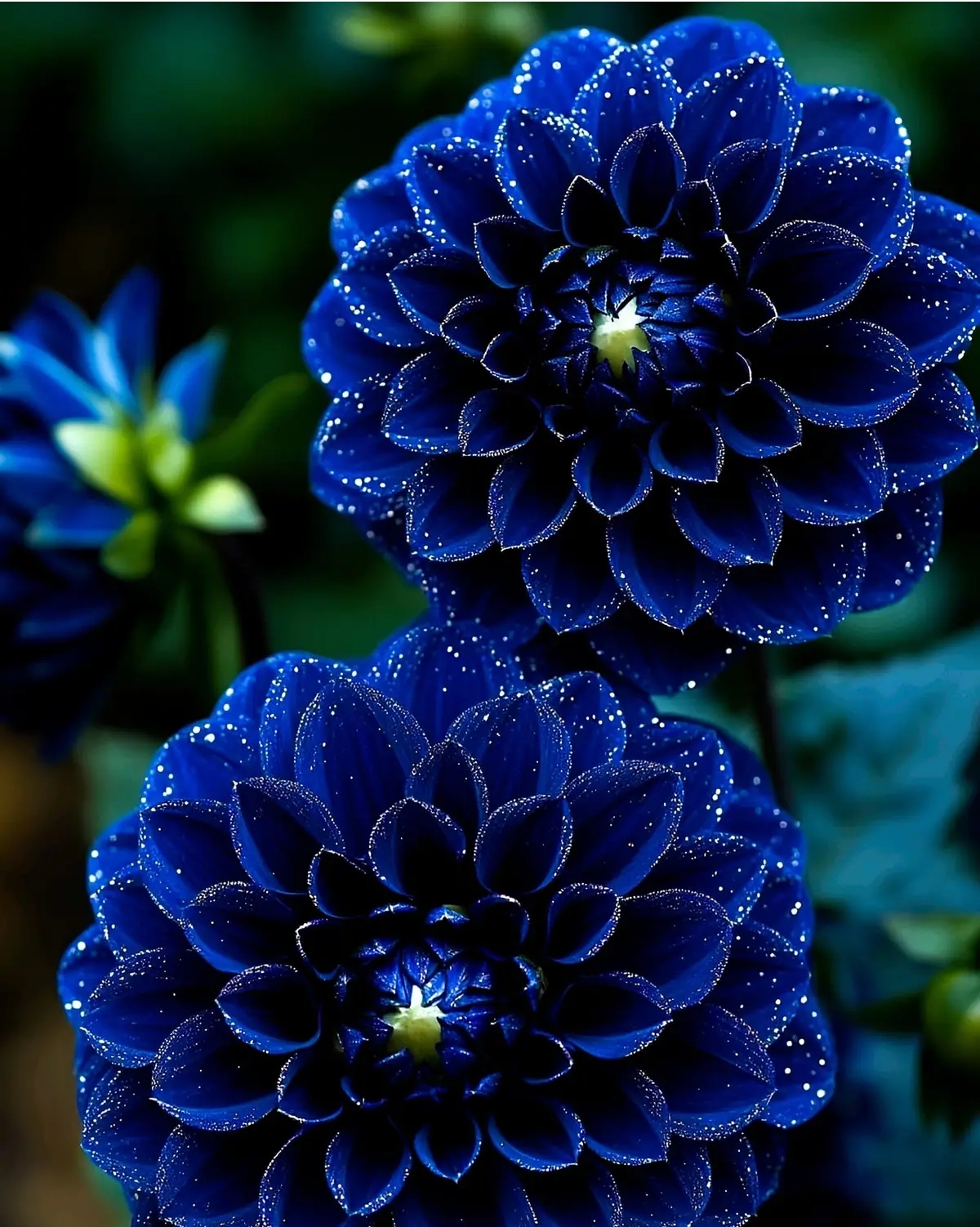Origins and History
Native to Mexico and Central America, dahlias were initially cultivated by the Aztecs, who valued them for their medicinal properties and as a source of food. The plant was introduced to Europe in the late 18th century, where it quickly gained popularity among gardeners for its stunning flowers. Today, dahlias are celebrated worldwide, with over 42 recognized species and countless hybrids.
Stunning Variety
One of the most remarkable features of Dahlia pinnata is its incredible diversity. The flowers come in nearly every color of the rainbow, from deep purples and reds to soft pastels and pure whites. Their shapes are just as varied, ranging from simple, daisy-like forms to complex, double-bloomed varieties that can reach up to 12 inches in diameter.
Dahlia flowers are categorized into several types based on their form:
- Single Dahlias: These have a single row of petals surrounding a central disc.
- Pompon Dahlias: Small, globe-shaped flowers with tightly packed petals.
- Cactus Dahlias: Featuring narrow, pointed petals that often twist and curl.
- Dinner Plate Dahlias: Known for their enormous blooms, often exceeding 10 inches across.
This diversity makes them perfect for adding texture and color to any garden or floral arrangement.
Growing Dahlia Pinnata
Growing dahlia pinnata can be a rewarding experience, even for novice gardeners. These plants thrive in well-drained soil and require plenty of sunlight—at least six hours of direct sunlight per day. While they can be grown from seed, dahlias are typically started from tubers, which are planted in the spring after the danger of frost has passed.
To plant, dig a hole about 6-8 inches deep, place the tuber with the growing point facing up, and cover it with soil. Water thoroughly after planting, and continue to water regularly throughout the growing season, being careful not to overwater, as dahlias dislike soggy soil.
As the plants grow, they may need support, especially the taller varieties. Stakes or cages can help keep the stems upright and prevent them from breaking under the weight of the blooms. Deadheading—removing spent flowers—will encourage the plant to produce more blooms and extend the flowering season, which can last from midsummer until the first frost.
Maintenance and Care
Dahlias are relatively low-maintenance, but they do appreciate some attention. Regular feeding with a balanced fertilizer will help promote strong growth and abundant blooms. Additionally, keeping an eye out for common pests like aphids and slugs, and treating them promptly, will keep your plants healthy and thriving.
In colder climates, dahlia tubers should be lifted and stored over winter to protect them from frost. After the first frost, cut the plants down to a few inches above the soil, carefully dig up the tubers, and let them dry for a few days. Once dry, store them in a cool, dry place in a container filled with peat moss, sand, or sawdust until it’s time to plant them again in the spring.
The Versatile Beauty of Dahlias
Whether you’re planting them in garden beds, containers, or as part of a mixed border, dahlias offer unparalleled beauty and versatility. Their long stems make them excellent for cut flowers, and with such a wide range of colors and forms, there’s a dahlia to suit every taste and garden style.
In addition to their visual appeal, dahlias have a rich cultural significance. They are often associated with elegance, inner strength, and creativity, making them a popular choice for floral arrangements and gifts.
Conclusion
Dahlia pinnata is more than just a pretty face in the garden; it’s a plant that brings color, joy, and a touch of exotic beauty to any landscape. With a bit of care and attention, you can enjoy these stunning blooms year after year, making them a cherished part of your gardening journey.
Whether you’re an experienced gardener or just starting out, there’s no denying the allure of dahlias. So why not plant some this season and see for yourself why these flowers have captured the hearts of gardeners around the world?
